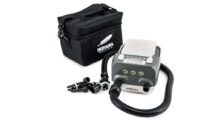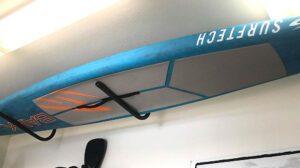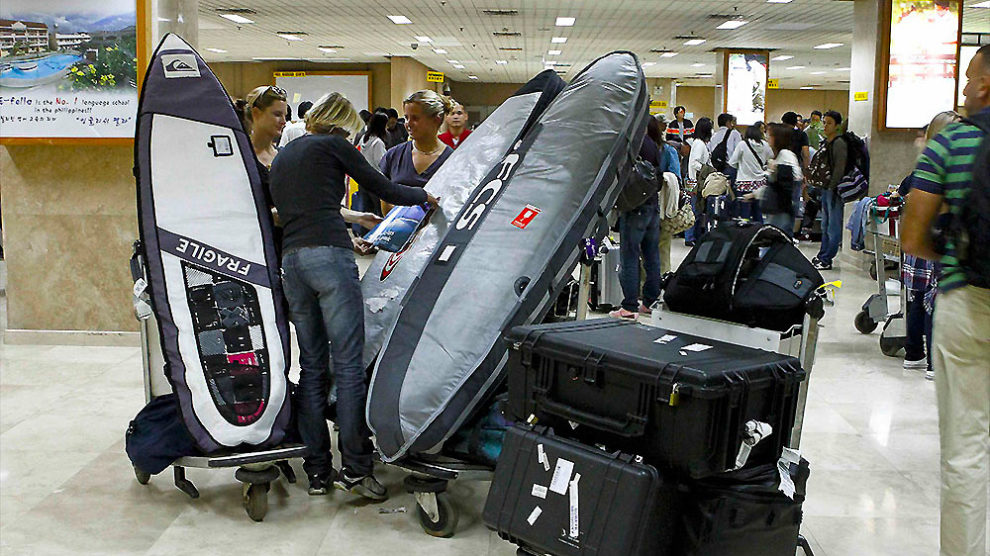We were lucky enough to ask some enthusiasts who are used to flying with their sup boards. We spoke to Arthur Daniel, Benji from Sup Tribe and Mr Red Wood Paddle. Here’s a summary of what you need to know in order not to end up with a broken board or just broke. First and foremost: Contact the airline to find out if they allow stand up paddle boards as luggage. We call this a “special request”.
Weight. Your board (including cover) and/or the rest of your stuff should not weigh over 20 kg on average.
Length. Boards over 3 metres (9.8 ft.), or even 2.5 metres, cannot be checked-in. If your board exceeds these dimensions, contact the airline to find out your options.
Protection. You obviously need to transport your sup board in a cover, wrapping it generously in bubble wrap. You can even use crumpled paper if your need to.
Rates. Applicable rates may vary according to the airline. As a reference, Air France charges an average € 55 for flights within Europe and € 100 for other destinations. More information on Surfline.com.
Dates. According to the date of your trip, some companies enforce a “surfboard embargo”. No boards accepted.
Tips. We advise you to place your paddle and wetsuit inside the cover, making sure to “overprotect” the paddle. Remembering to pack a repair kit is clever, in case your board gets damaged.
If you have any other tips or want to share your experiences, feel free to leave a comment below







































Ajouter un commentaire